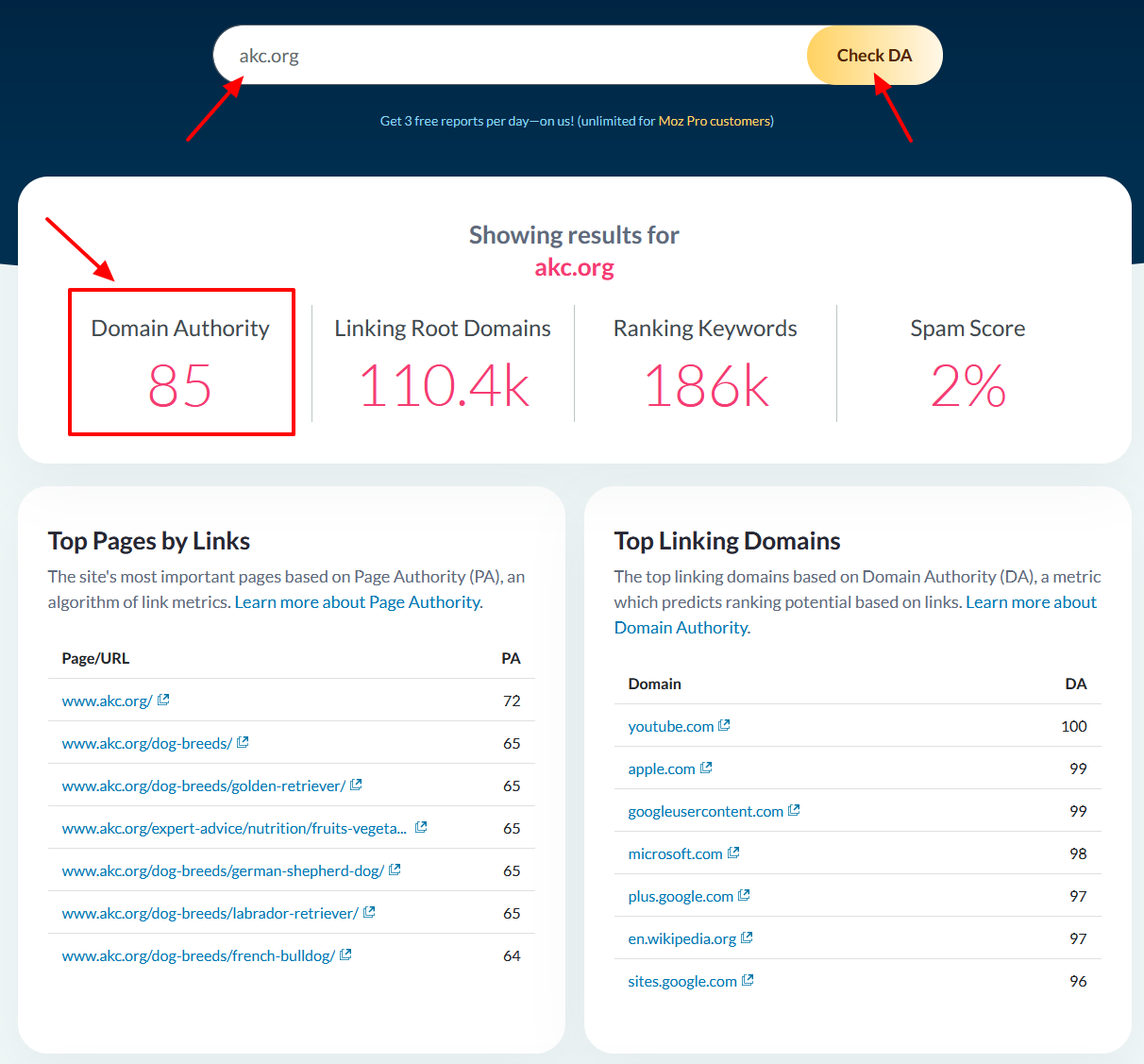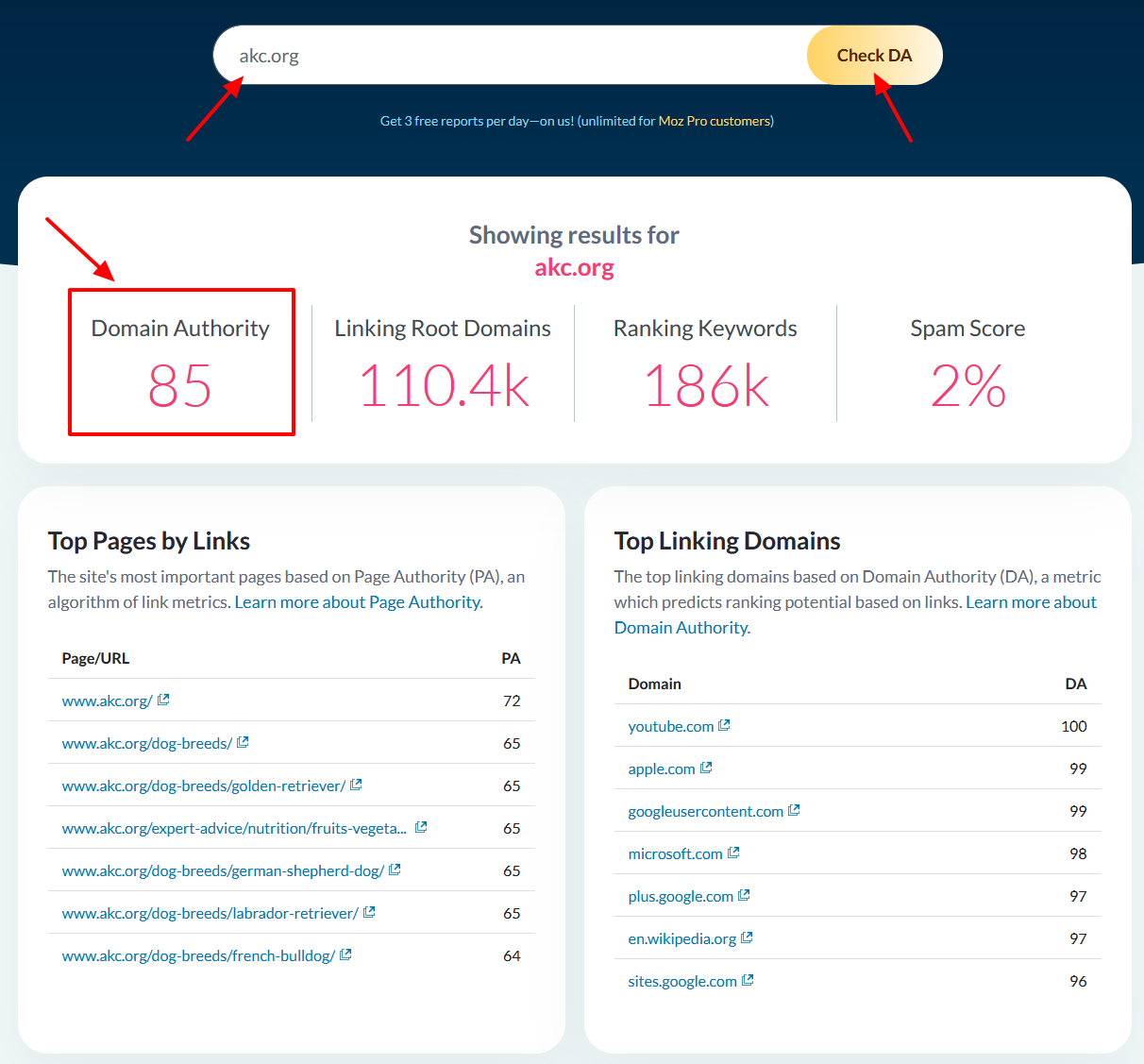Do you want to know how to ensure your backlinks are placed on high-quality, relevant sites? You’re in the right place.
Ensuring that backlinks are placed on high-quality, relevant sites is a critical component of any successful search engine optimization (SEO) strategy. The process begins by thoroughly researching and evaluating potential linking partners to identify sites that are not only authoritative and trustworthy within their industry but also directly relevant to your own business, products, or services.
This relevance is key, as search engines place significant weight on the contextual relationship between the linking site and your own content. A backlink from a site that shares your target keywords, covers similar subject matter, or caters to the same audience will carry far more SEO value than a link from a random, unrelated website.
To ensure backlinks are placed on high-quality, relevant sites, several key strategies can be employed:
- Domain Authority (DA) and Trustworthiness
- Relevance to Your Niche
- Site Engagement Metrics
- Content Quality
- Backlink Profile of the Target Site
- Guest Posting and Outreach
- Social Proof and Online Presence
- Technical SEO of the Target Site
RELATED
- How to Know If Backlinks are Helping or Hurting Your Website?
- Why Does it Take So Long to Get Traffic on New Blogs, Even With Good Content, and SEO?
- What is Dwell Time in SEO & How It Differs from Bounce Rate?
- How to Create Content Marketing Calendar: Comprehensive Guide
- How to Optimize for “Near Me” Searches for Local Services
- Technical SEO for Bloggers Without Coding Skills
01. Domain Authority (DA) and Trustworthiness
Use tools like Moz, Ahrefs, or SEMrush to check the DA of a site. A high DA (above 50) often indicates that a site has good SEO value.
Domain Authority (DA) is a metric developed by Moz that predicts how likely a website is to rank on search engine result pages (SERPs). It’s measured on a scale from 1 to 100, with higher scores indicating a greater likelihood of ranking well. DA is calculated based on various factors, including the number and quality of inbound links to a domain, its overall age, and other SEO-related metrics.
Moz.com showing the results for a domain “akc.org” You can see Domain Authority, Page Authority, ranking keywords, and top search competitors for a domain.

Metrics like Trust Flow and Citation Flow, found on Majestic, help measure the trustworthiness and influence of a site. Aim for a balance between trust flow (quality) and citation flow (quantity).

02. Relevance to Your Niche
Ensure the site’s content is related to your industry. A backlink from a relevant niche site has more SEO value than one from a generic or unrelated domain.
The site’s audience should align with your target audience to ensure your backlink drives the right kind of traffic.
03. Site Engagement Metrics
Use tools like SimilarWeb to check the site’s traffic. Sites with a healthy, consistent flow of traffic are generally more valuable.
Sites with lower bounce rates and higher dwell times often indicate engaged users, signaling quality.
04. Content Quality
Look for websites that consistently produce high-quality, error-free, and engaging content.
Ensure that the site regularly updates its content, which indicates active engagement.
05. Backlink Profile of the Target Site
Check the site’s own backlink profile to ensure it has a healthy mix of backlinks from reputable sources. Avoid sites that engage in spammy or “black-hat” SEO practices.
Ensure that the site isn’t part of a link farm or has an excessive amount of outbound links, which could signal a low-quality site.
A link farm is a group of websites that are created solely to generate backlinks to each other, usually with the intent of manipulating search engine rankings. These sites often have little to no valuable content and primarily exist to boost the perceived authority and relevance of the linked pages. Search engines, like Google, view link farms as a form of spam and a violation of their guidelines.
06. Guest Posting and Outreach
When securing guest posts or backlink opportunities, do a manual review of each site to ensure quality.
Pitching valuable content or collaborations increases the chance of getting backlinks on authoritative and relevant sites.
07. Social Proof and Online Presence
Websites with an active, engaged social media following tend to have higher authority and relevance.
Sites recognized as leaders in your industry, or those with endorsements from other reputable sources, signal higher quality.
08. Technical SEO of the Target Site
Ensure the site is properly indexed and has no major technical SEO issues like broken links, slow load times, or poor mobile optimization.
Prioritize sites with secure (HTTPS) URLs for greater trust and SEO value.
Final Thoughts
By using these criteria, you can strategically build backlinks that enhance your site’s SEO while maintaining a strong reputation. By strategically placing your links on the right high-authority, industry-relevant sites, you can maximize the SEO impact and set your business up for long-term digital marketing success.
If you like this post then don’t forget to share with other people. Share your feedback in the comments section below.
Also Read






Leave a Reply